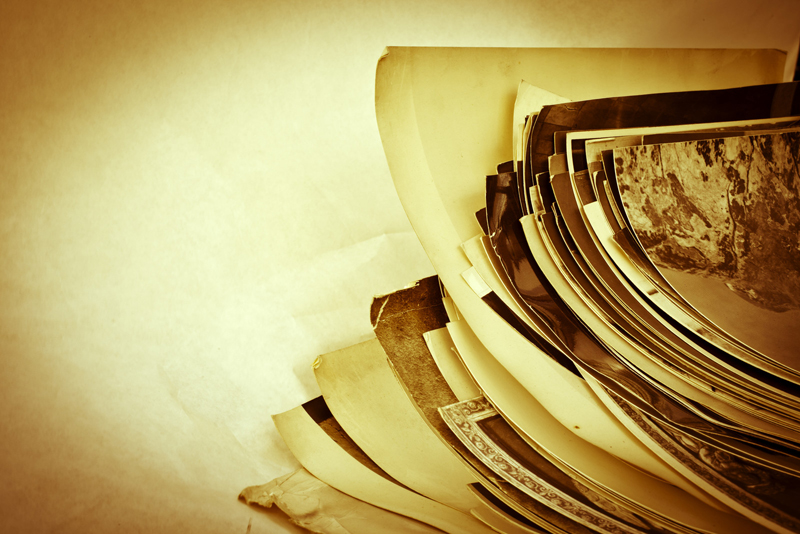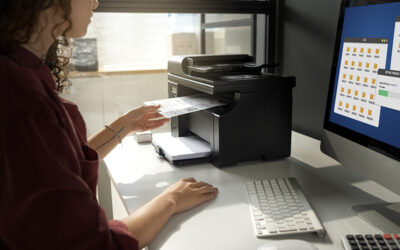Cultural institutions such as museums, libraries, and historical societies have a lot of ancient and valuable artifacts that narrate the past. It is the responsibility of the present generation to preserve the past by converting photos and artifacts into digital format and these data are of cultural, religious, political and historical importance. A document conversion service can assist museums, libraries and other organizations in their digitization endeavor.

Document scanning and photo digitization is possible using advanced software technologies. Many educational institutions, libraries, government organizations, and museums use document conversion and photo digitization to preserve their valuable documents and photographs for future use. Original photographs and documents in their physical form degrade day by day. Keeping them in their physical form brings the risk of total loss from degradation, fire, flood or getting lost in the shuffle. It is important to retain them for generations to come.
Digitization of historic photographs can be time consuming and it involves logistical headaches. However, working with a reliable vendor makes it easier to scan images of any size, fragility or specification and then arrange them into files with appropriate names. Once the digitization is over, arranging all the historic photos back into the file is the most difficult part of digitization. If you have any unwanted photos, then those can be discarded. Once all the historic data and photographs are digitized they can be stored in the cloud or in a secure an encrypted media option. All this can be made accessible to researchers, scholars, students or even the public.
Document conversion in an archival environment involves transforming of physical objects or document into digital medium. These files can be compressed, transferred, and retrieved over computer networks. Conversion of these historical documents into digital format requires expertise and modern technology.
Digitization of College Park Aviation Museum in Chantilly, VA
The College Park Aviation Museum in Chantilly, VA recently installed a new scanner. The Museum has a collection of local aviation history dating back to 1909, including over 10,000 documents, photographs, and other historical materials. They used a Contex large format flatbed scanner to scan and preserve the documents. The digitization records are made available to the public, visitors and researchers. They have a large number of data like photographs, maps, hoodbanks, and newspapers among other assets but delicate items are not displayed. Many museums choose advanced scanners for the important function of preserving history,” says Steve Blanken, General Manager, Contex Americas. “In addition to producing museum-grade images for preservation, the scanner is also one of the most efficient, even with the most delicate material.” Experts agree that digital scanning is the most important way of preserving history.
This digital transformation can take many forms, from enabling museum visitors to use smartphones or tablets throughout the site to enhance their experience, to digitizing the collection and making it available online, to engaging with people before or after their visits via online channels. All important documents and photographs can be converted using a high quality scanner. Document conversion companies can convert large documents into digitized form quickly. They can provide quality service using advanced technologies which offers the following advantages.
- High resolution quality, image optimization and rotation for better viewing of the picture
- Scans multiple originals without damages
- Scans documents, negatives and slides.
Museums that digitize their valuable assets can collaborate better with other institutions and ensure better research opportunities and outcomes. Such projects will prove to be useful to large as well as small institutions.



